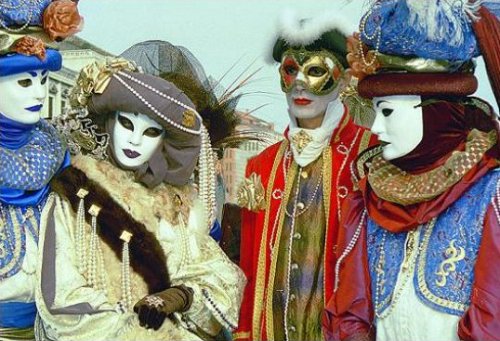After seeing the Juliet’s balcony, we made our way back to the main piazza and looked into climbing one of the remaining towers in Verona but decided, with such little time, that we would be better served going to the third largest coliseum in Italy, and probably one of the best kept in the world.
24 March, 2011
23 March, 2011
Verona- Part I
Verona is a fairly famous city (maybe you have heard of it) in north east Italy. It is one of the main tourist destinations in northern Italy, thanks to roman ruins and connections to some play by some old dude (yes, I am referring to Shakespeare’s famous story, The Two Gentlemen of Verona… oh and Romeo and Juliet, I guess that is famous too)
22 March, 2011
A Venetian Morning
With a full nights worth of rest, I woke up at about 6 am and made it out into Venice before the town was overrun with tourists. I took the slow Vapporetto down the canal and then made my way to the Rialto Bridge before walking back to the hotel to get breakfast. After breakfast, we went to Frari church and then made it back to the buses to head to Verona.
21 March, 2011
Carnival of Venice
Traditions can be found around the world. In Reno, for
example, it may be considered a tradition to go to Hot August Nights or the Rib
Cook-off. Some of these traditions go back hundreds of years, like Carson
Valley Days, while others are relatively new. Venice is well known for their
take on Carnivale, which dates back to the thirteenth century and is different
from other Carnivale type celebrations because of the famous masks.
19 March, 2011
Burano
After our trip to Burano, we took the 15 minute ride over to the next island group in the lagoon, Burano. Made of four small islands linked with bridges, Burano is easily the most beautiful of the islands. Famous for its lacework, the islands homes are beautifully painted in warm pastel colors.
18 March, 2011
Murano
 The Lagoon that Venice lies in is quite interesting. The main attraction in the area is clearly Venice but for those looking to make their way off the beaten path a little, trips to Murano and Burano are musts.
The Lagoon that Venice lies in is quite interesting. The main attraction in the area is clearly Venice but for those looking to make their way off the beaten path a little, trips to Murano and Burano are musts.  Murano is a series of islands that is famous for their glass. Here, glass blowing and glass making is an artwork passed down from generation to generation. The islands used to be their own independent group of islands but now it is a part of Venice. Murano was originally settled by the Romans and did pretty well for itself as a great fishing port and source of salt. By about the 11th century, their status began to decline and Venice took control by the 13th century, though it maintained more autonomy than other islands in the lagoon, maintaining their own set of coins.
Murano is a series of islands that is famous for their glass. Here, glass blowing and glass making is an artwork passed down from generation to generation. The islands used to be their own independent group of islands but now it is a part of Venice. Murano was originally settled by the Romans and did pretty well for itself as a great fishing port and source of salt. By about the 11th century, their status began to decline and Venice took control by the 13th century, though it maintained more autonomy than other islands in the lagoon, maintaining their own set of coins.17 March, 2011
St. Marks Basilica
After we journeyed our way down the Campanile, we made our way across the square to the equally famous St. Mark’s Basilica. The Basilica, over the last thousand years, has become one of the most religious sites in the world and has also become the sedimentary rock of Venetian society, with layer upon layer of treasure added to the building until it reached its present state.
10 March, 2011
St. Marks Campanile
Our first stop of the day took us to the famous St. Marks Campanile. The Campanile is the one that has been replicated and copied the world over, even finding its place in Vegas. Coming in at about 98 meters (325ish feet), it is a huge building in an otherwise fairly short city.
 |
| St. Marks from the mouth of the lagoon |
03 March, 2011
Venice and Verona- an Overview
Venice is one of the most iconic cities in Italy, maybe even Europe. This city became one of the largest economic centers in the world, despite its humble beginnings. 1500 years ago or so, barbarians were terrorizing Italy after the fall of the Roman Empire, destroying towns, raping and pillaging their way through the once mighty empire. In hopes of refuge, people who lived in what is now the Veneto region of Italy decided to move into the lagoon. Though there are islands (Murano, Burano…) in the lagoon, they elected to go with building islands themselves. Be driving wood down as deep as they could get it to go, through the muddy surface and down to a thin layer of clay, the modern day city began to take shape.
Subscribe to:
Posts (Atom)






